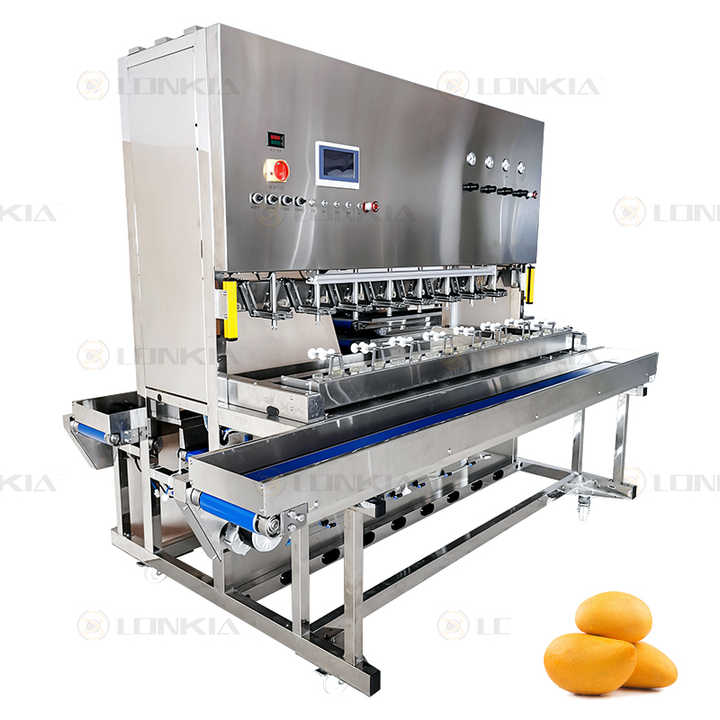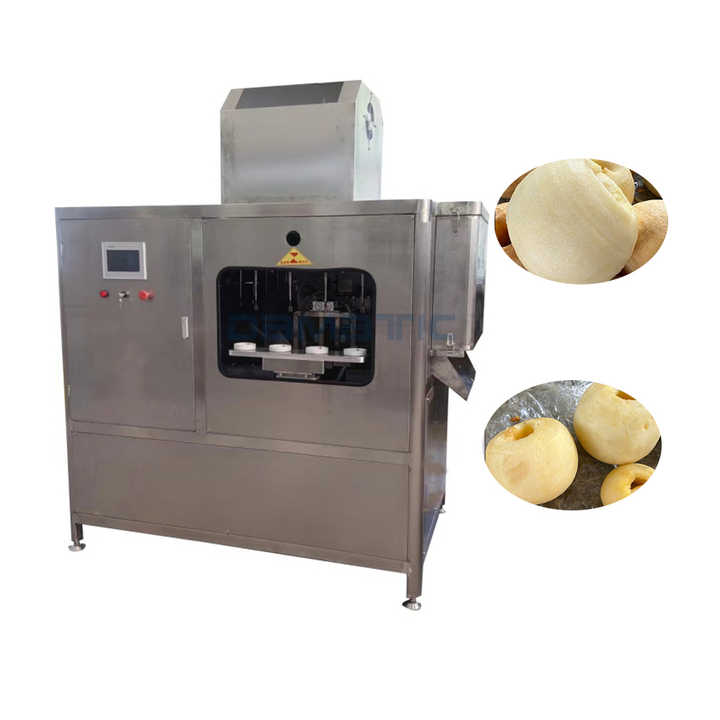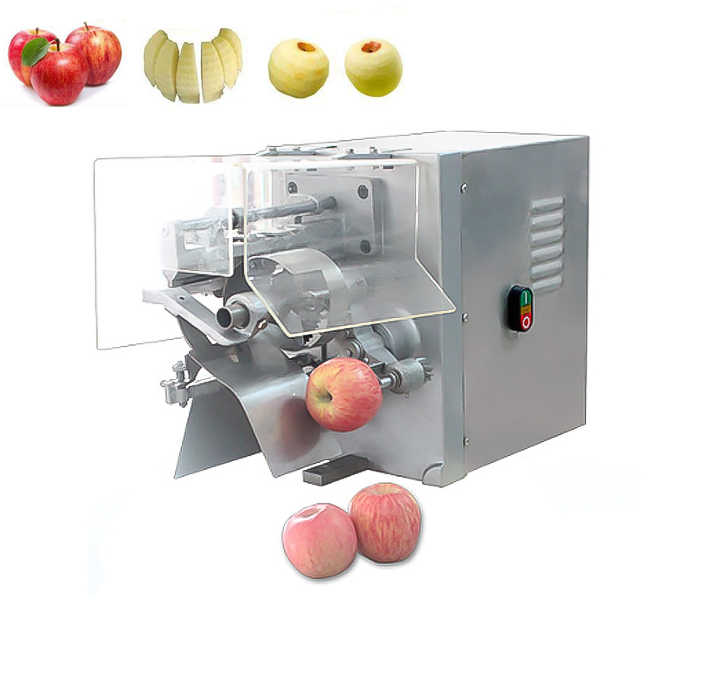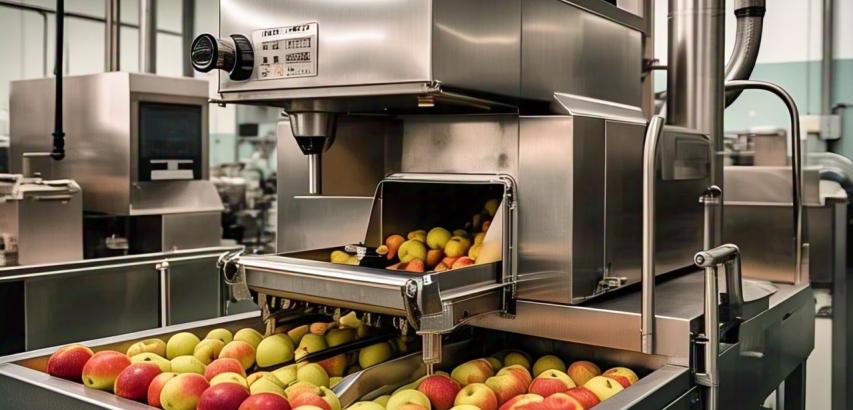Automated devices that remove apple skin, cores, and slices fruit with minimal waste. Essential for commercial kitchens, food processing plants, cideries, and homesteaders.
Core Mechanisms & Types
Type | How It Works | Output | Capacity |
|---|---|---|---|
Manual Crank Peelers | Hand-cranked clamp grips apple; rotating blade peels/spirals simultaneously | Peeled & spiral-sliced apple | 1–2 apples/min |
Electric Home Models | Motorized clamp rotates apple against fixed blade; optional coring/slicing | Peeled, cored, whole/sliced | 3–5 apples/min |
Industrial Peelers | Conveyor-fed apples; high-speed rotary blades + water jets; integrated coring | Peeled/cored whole or segments | 50–200 apples/min |
Spiral Slicer Units | Specialized blade creates continuous spiral-cut peeled apple (popular for snacks) | Apple spirals | Varies by model |
Key Components
Clamping System:
Spring-loaded or vacuum grips to hold apples of varying sizes (50–100mm diameter).
Peeling Blade:
Adjustable stainless steel blade follows apple contours.
Coring Tube:
Hollow cylinder removes core with minimal flesh loss (8–12mm diameter).
Slicing Mechanism:
Radial blades for wedges; spiral blades for continuous cuts.
Waste Management:
Peel/chute collection bins; water-assisted systems in industrial units.
Benefits vs. Manual Peeling
✓ Speed: Processes apples 5–10x faster than hand-peeling.
✓ Yield Loss Reduction: 15–20% less waste than manual methods.
✓ Labor Savings: Replaces 3–5 workers in commercial settings.
✓ Consistency: Uniform peel thickness (0.5–2mm).
✓ Versatility: Handles pears, potatoes, quinces.
Industrial Applications
Canneries: Prepares apples for pie filling, sauces.
Juice/Cider Production: Peel removal reduces tannin bitterness.
Snack Industry: Creates spiral-cut dried apple chips.
Restaurants: Bulk prep for salads, baked goods.
Top Brands & Models
Brand | Notable Model | Key Feature |
|---|---|---|
VICTORIO | VKP250 | Adjustable blade; suction base |
VEVOR | Commercial Peeler | 110V motor; 100kg/hour capacity |
TEFAL | Fresh Express | Spiral slicing + coring |
KUPPLES | KPS-400 (Industrial) | Conveyor system; 180 apples/min |
Limitations & Solutions
⚠️ Size Variability:
- Fix: Adjustable clamps + blade tension controls.
⚠️ Bruised/Damaged Fruit:
- Fix: Optical sorters pre-reject defective apples.
⚠️ High Initial Cost:
Industrial: $3,000–$20,000
- Home: $30–$150
⚠️ Maintenance:
Daily blade sharpening; weekly gear lubrication.
Innovations
Laser Guided Blades: Auto-adjust to apple shape irregularities.
Steam Peeling: Eco-friendly skin removal (reduces water use by 70%).
IoT Integration: Tracks yield, downtime, and maintenance alerts.
Buying Considerations
Volume Needs: Home (<10kg/day) vs. commercial (100kg+/hour).
Output Format: Whole peeled, spiral-sliced, or wedged.
Fruit Compatibility: Works best with firm varieties (e.g., Granny Smith, Honeycrisp).
Cleanability: Dishwasher-safe parts or CIP (Clean-in-Place) systems.
Did You Know? Industrial peelers recover 85–90% of usable flesh vs. 65–75% by hand, saving ~$10,000/year in waste for mid-sized orchards.
Apple peeling machines exemplify "small automation with big impact"—transforming labor-intensive tasks into efficient processes. From farm stands to factories, they preserve texture, reduce waste, and unlock scalability in fruit-based businesses. As robotic precision advances, expect AI-driven peelers that optimize cuts per apple’s sugar content or blemishes.
 |  |  |
Buy Apple Peeling Machine - Amazon
 |  |  |
